It might be odd to think of farm equipment when one hears the word Lamborghini, but this is exactly what Lamborghini started out as - A farm equipment company called Lamborghini Trattori. The founder of the company was Ferruccio Lamborghini who in the 1960's bought a Ferrari with the profits from his successful farm equipment company. Life changed for Lamborghini when he met Enzo Ferrari, the founder of Ferrari.
Ferruccio Lamborghini was a man that demanded high quality and he felt that his Ferrari was not meeting his expectations and he thought he could do better. He shifted his focus away from farm equipment and onto producing high performance automobiles.
The first real contender that they produced in the exotic car market was the Miura. The Miura was a mid engine, V-12 sports car that commanded a heft price tag of $20,000 which is equal to over $100,000 in today's economy. During its 6 year production run, 764 Lamborghini Miura's were built. Following on the success of the Miura was the highly successful Lamborghini Countach. This was the dream car for many from the mid 70's to 1990 when production concluded. This car was beautiful and had aggressive styling that had never been seen before.
No one thought the Countach could be topped, but Lamborghini did it one more time and created the highly successful Lamborghini Diablo. From 1990-2001 almost 3000 Diablo's were made and during their first year of production, a Diablo could be bought for $240,000 U.S. This was certainly not a luxury car and did not have many features for a car of it's price. It did however have incredible performance. The V12 engine allowed it to go from -60mph in just over 4 seconds!
Following the success of the Diablo would be hard, but the Lamborghini Murcielago went even further at showing the world that Lamborghini was a serious contender in the exotic sports car world. It continued the tradition of aggressive styling and super high performance and added four-wheel-drive when it was released in 2001. To this day the Murcielago is produced with over 3000 of them already sold to their wealthy customers.
In 2003 Lamborghini introduced the Lamborghini Gallardo, which is a "cheap" Lamborghini, as compared with it's more expensive sibling, the Murcielago. While the Murcielago costs about $315,000 U.S., the Gallardo is available at just over $200,000. Don't think that you have to give up performance when buying a Gallardo and not a Murcielago though. The Lamborghini Gallardo is quite capable with a 0-60mph time of around 4 seconds, depending on which particular variation. Unfortunately the Gallardo doesn't come with Lamborghini's signature scissor doors that open upward, but this hasn't hurt sales since the Gallardo is the high volume car that Lamborghini has ever made.
Over the years Lamborghini has suffered some financial problems and has been bought and sold a number of times and is currently owned by Audi, which is owned by Volkswagen. Lamborghini makes some of the most beautiful and sought after exotic cars available today and should be on everyone's list of favorite exotic car makers.
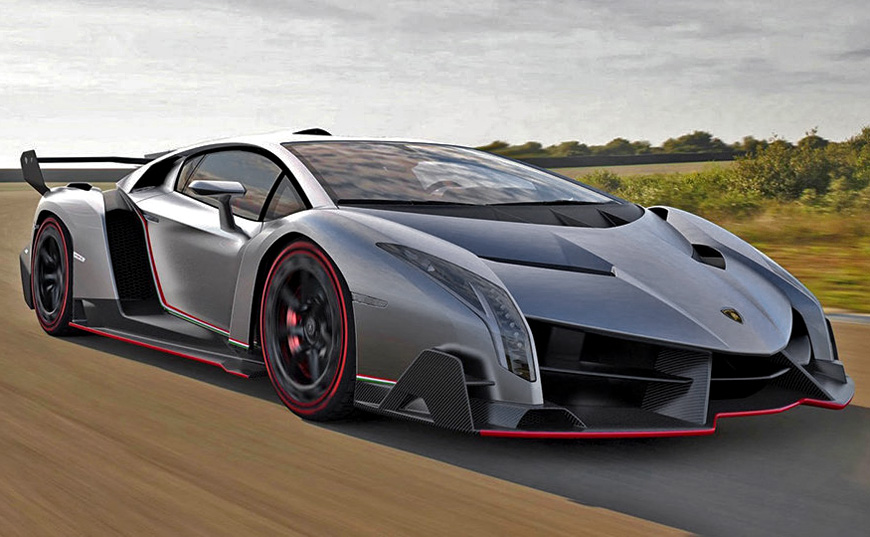
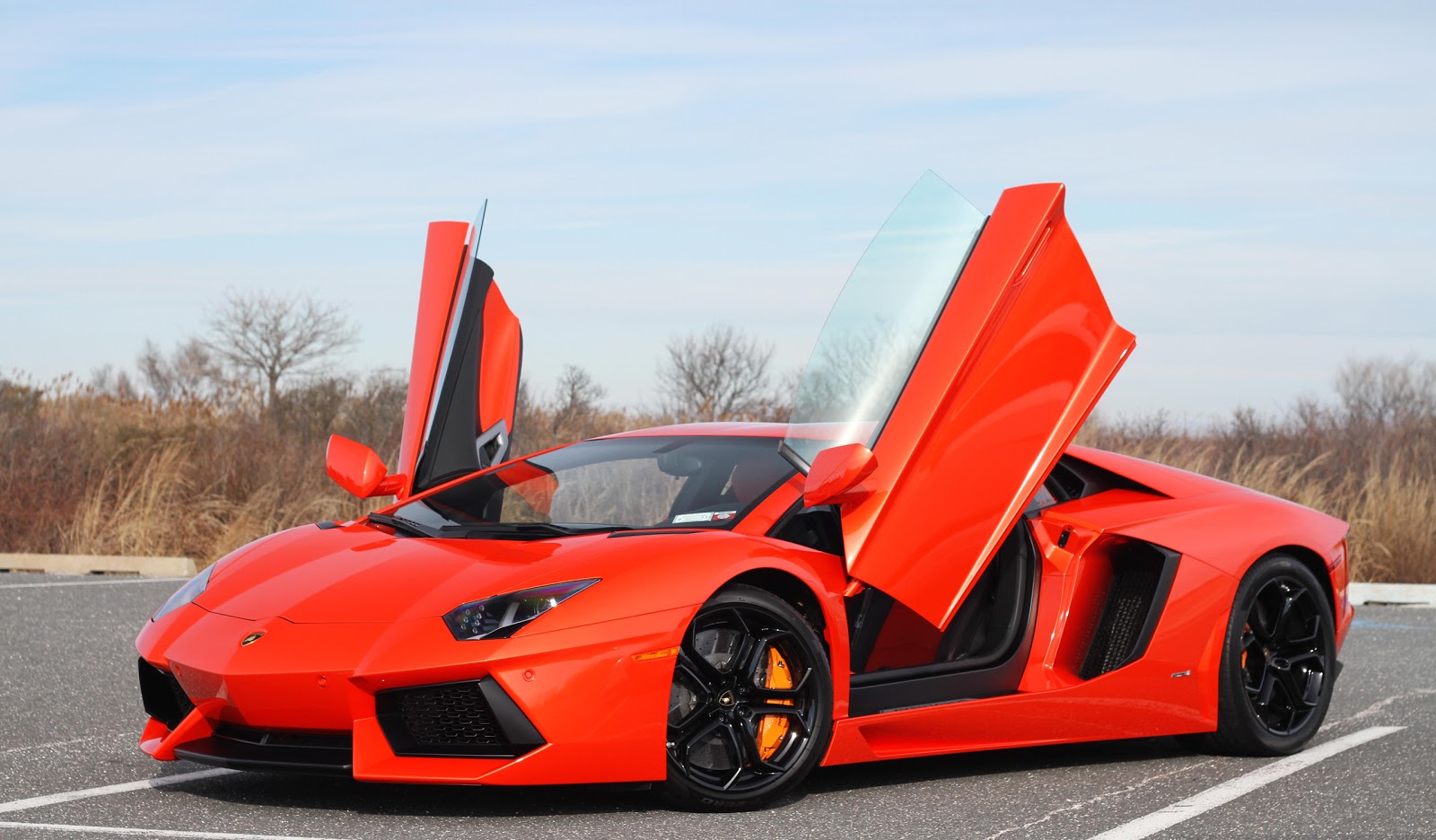




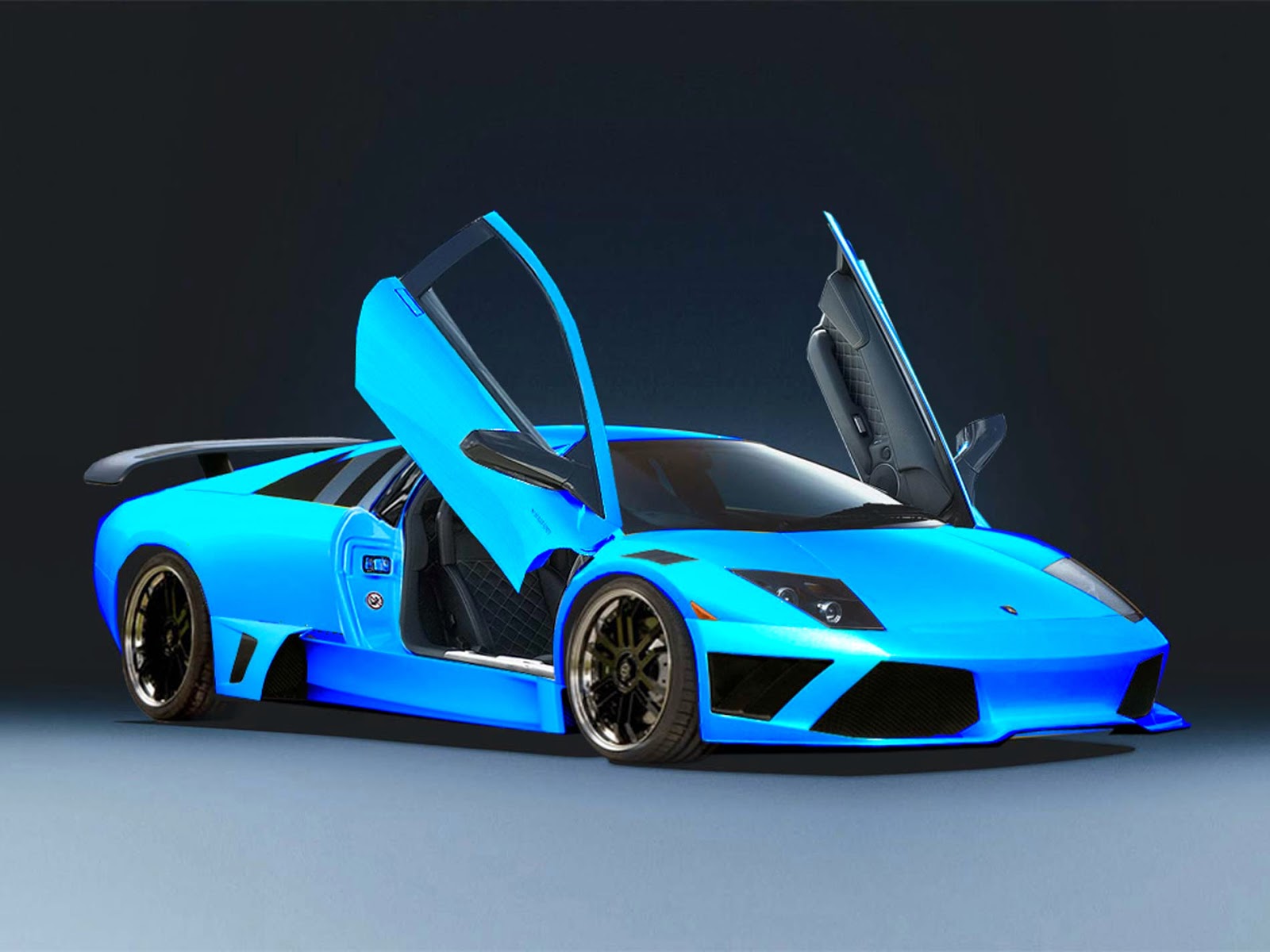
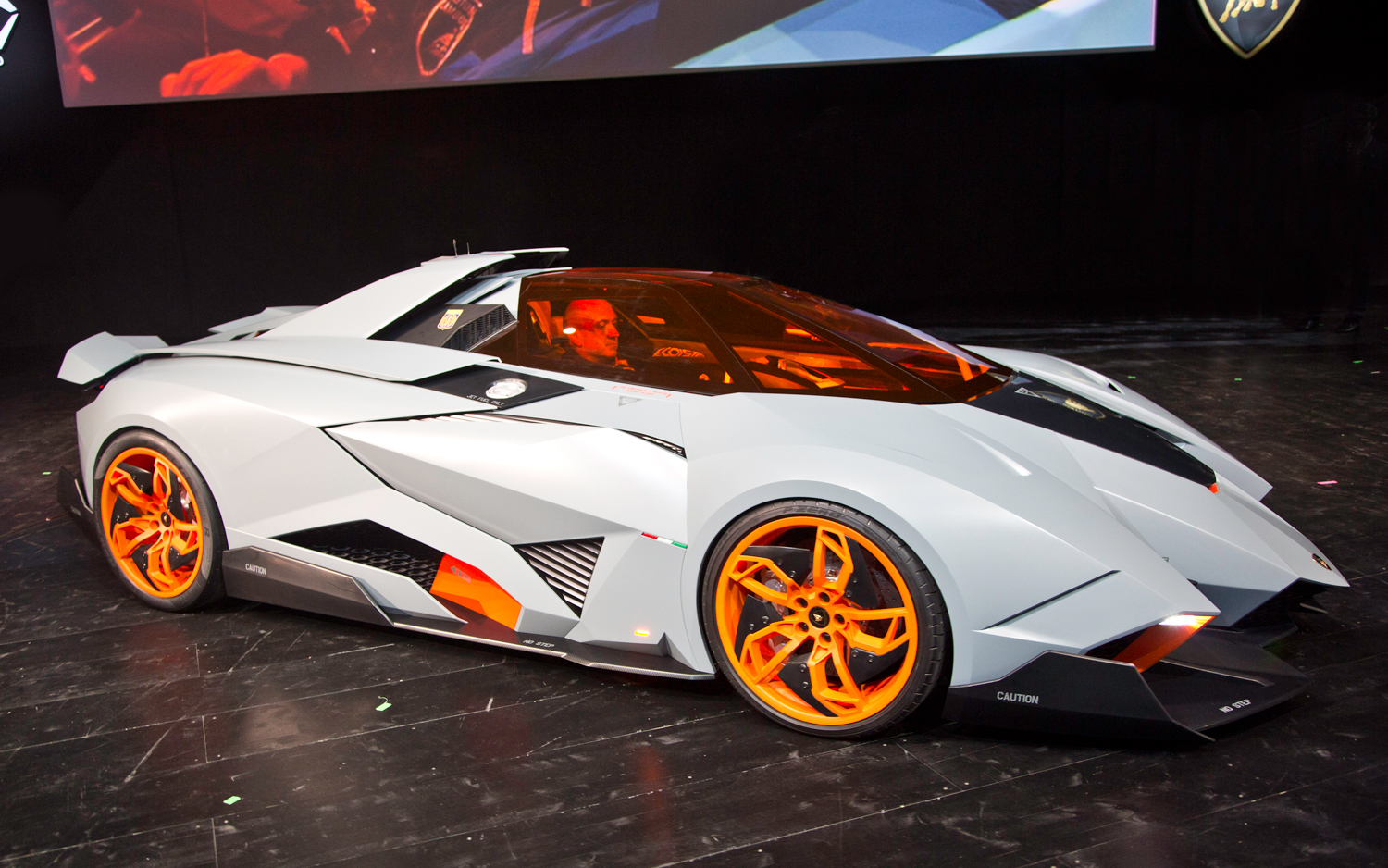
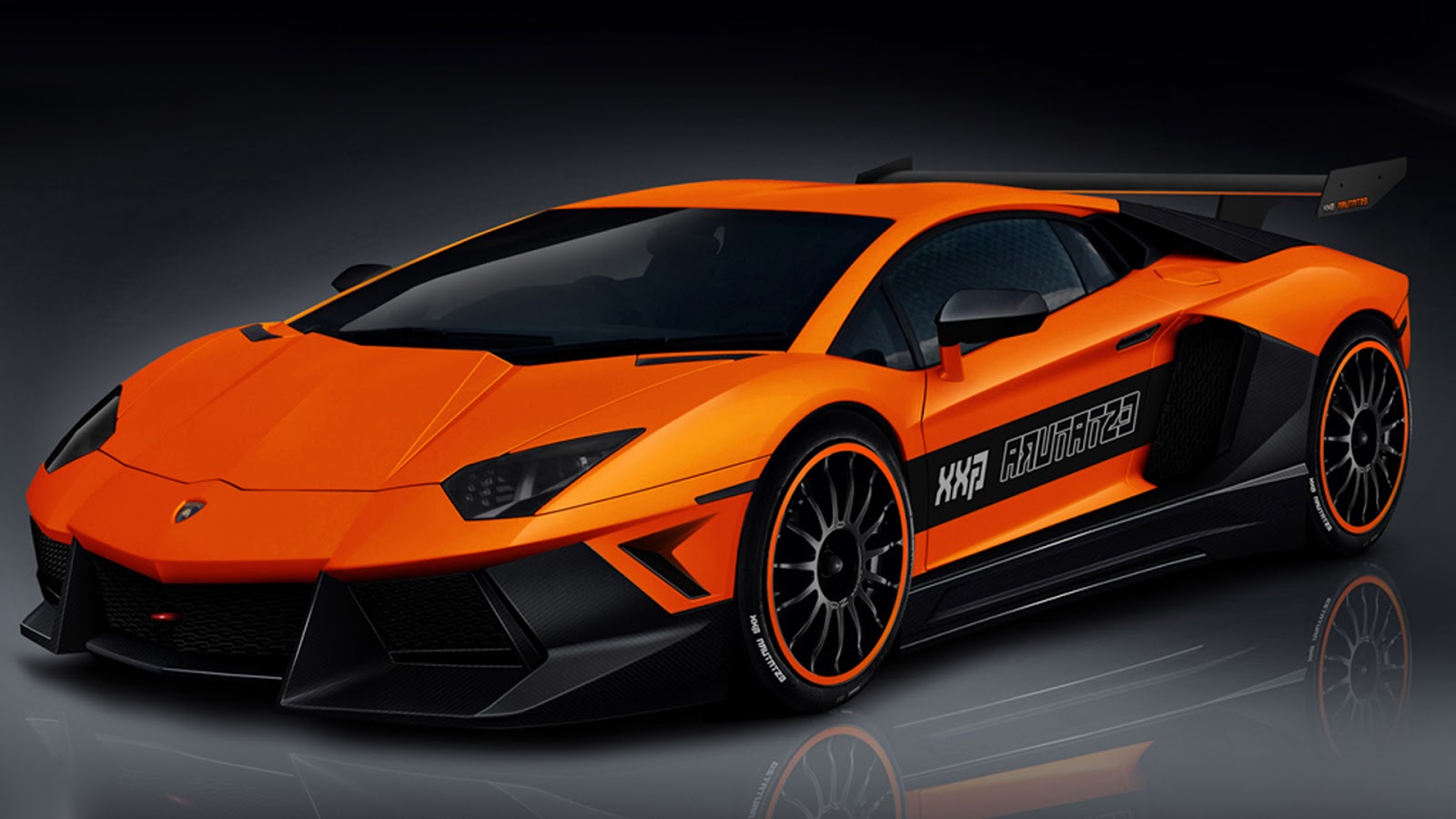

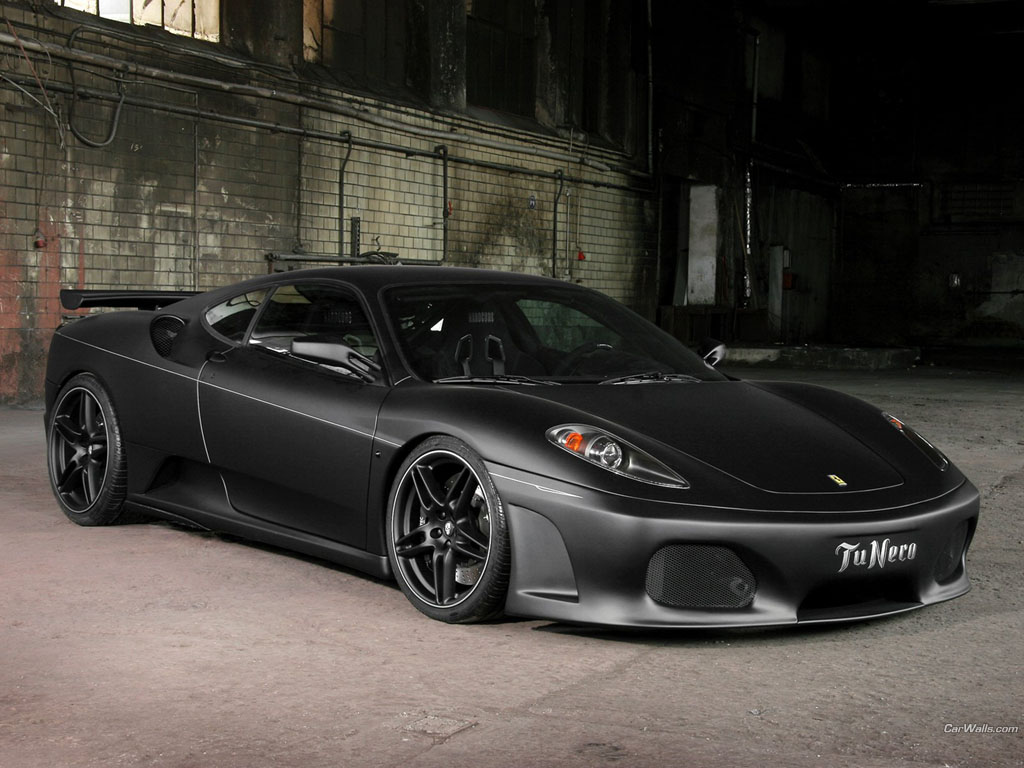
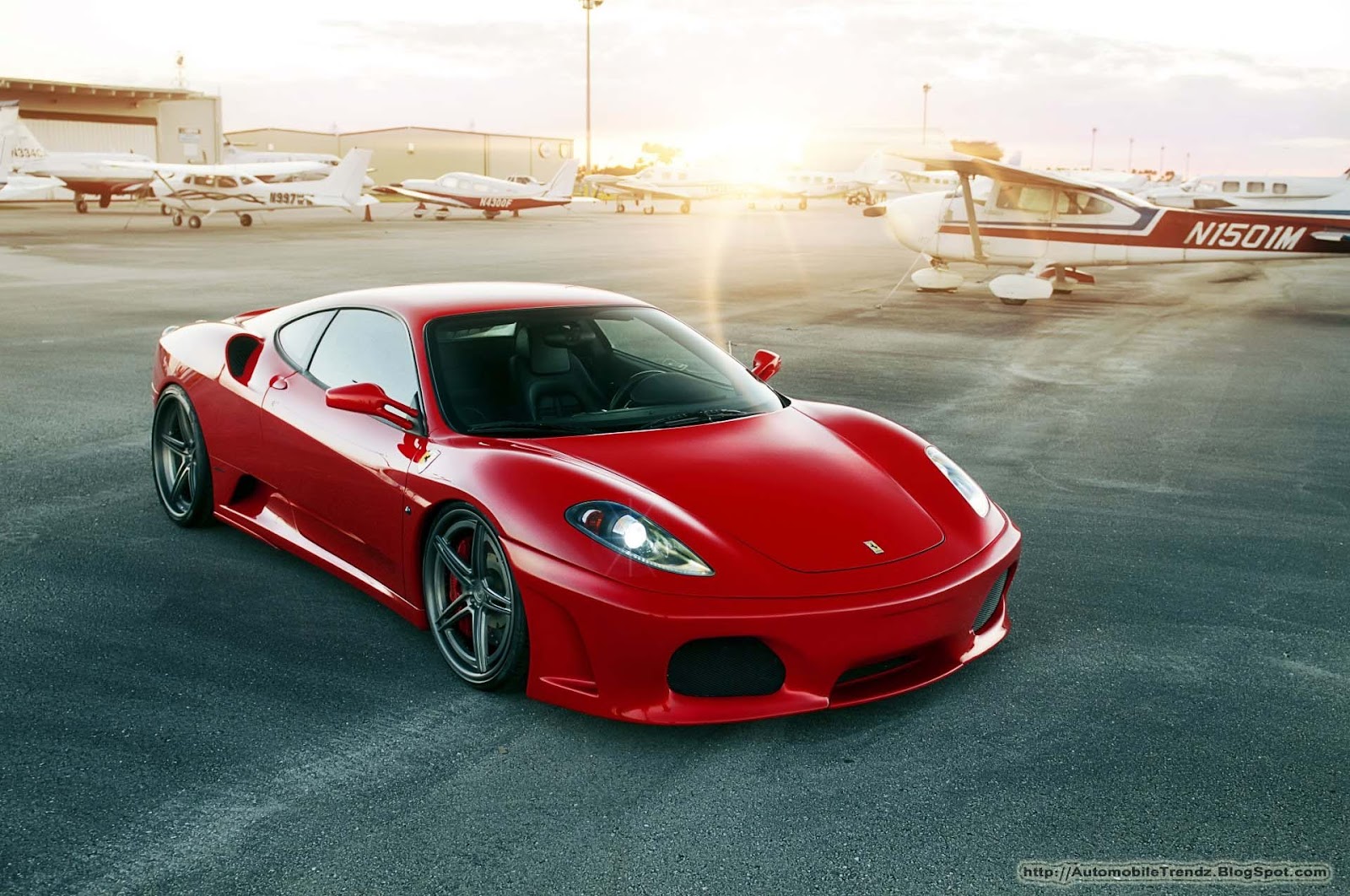




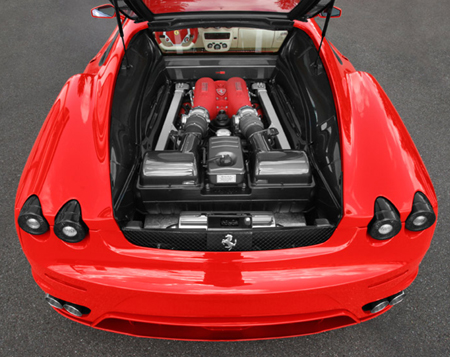
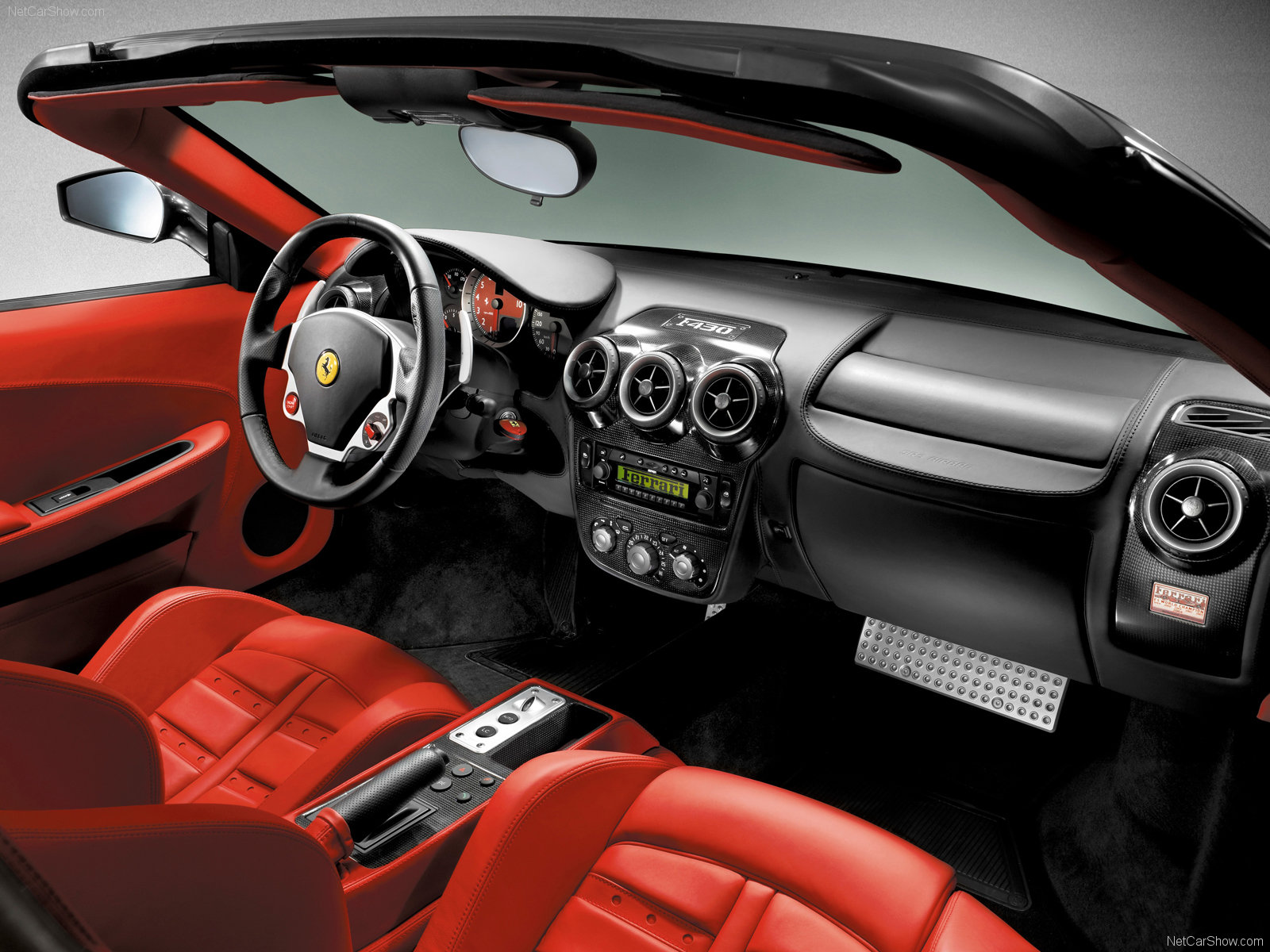


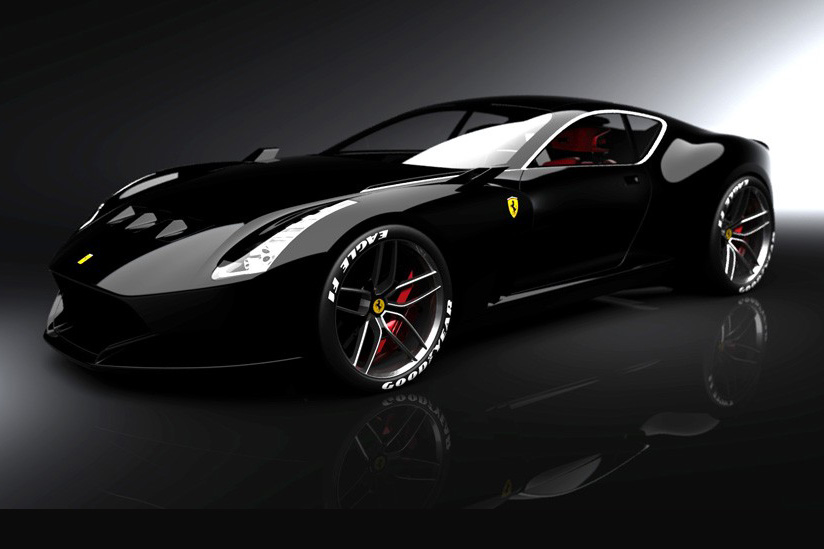




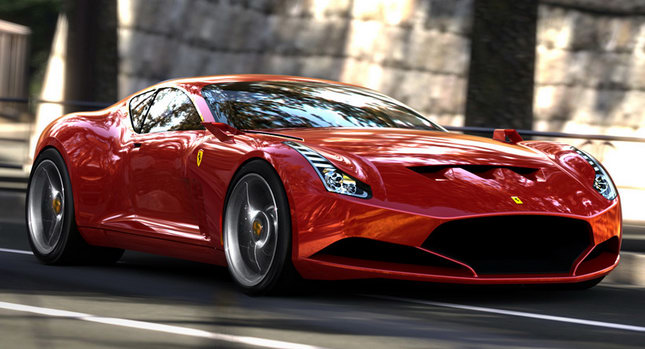
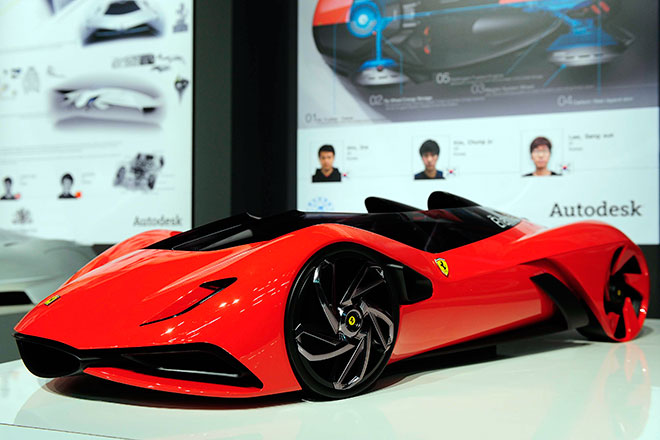



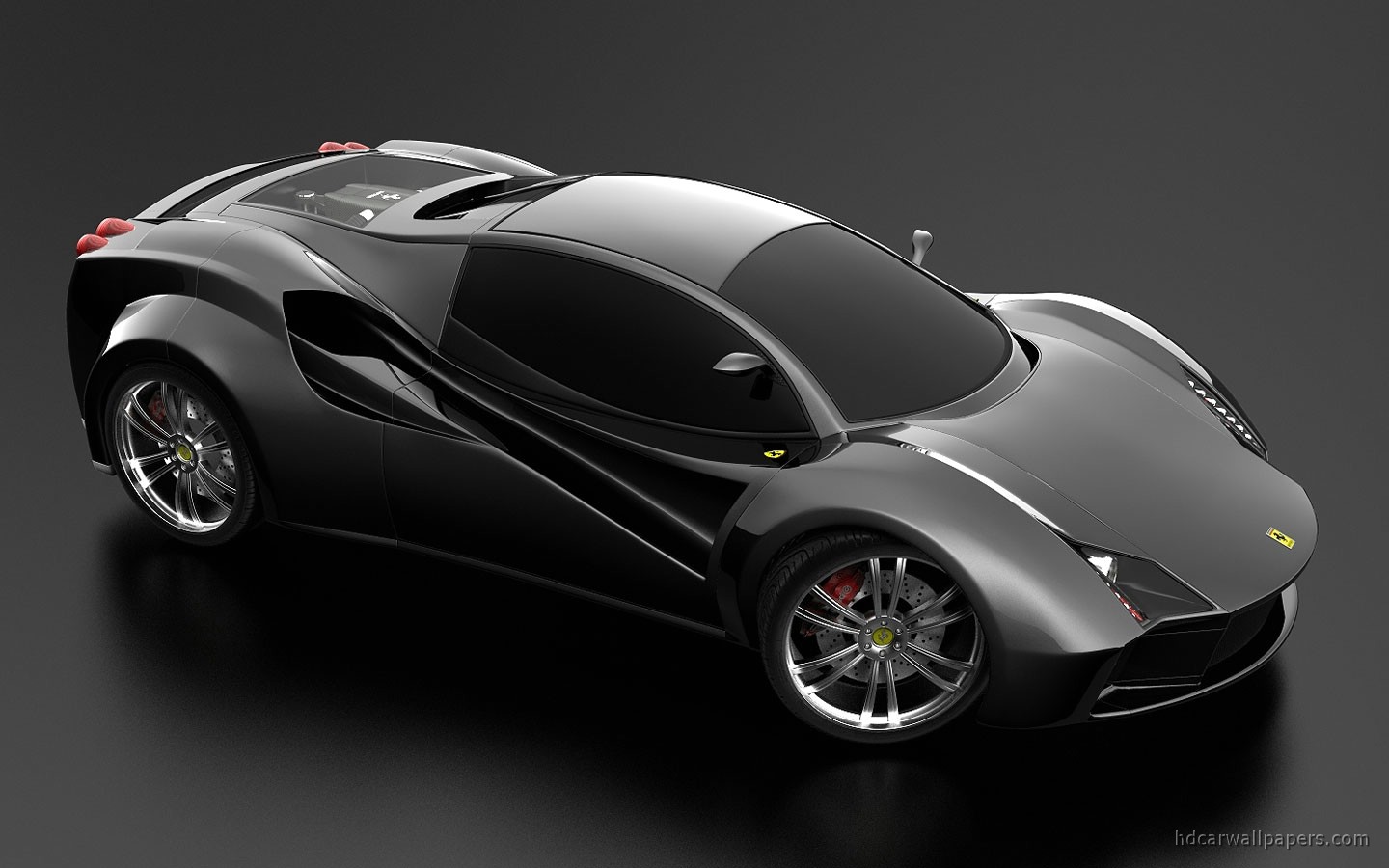
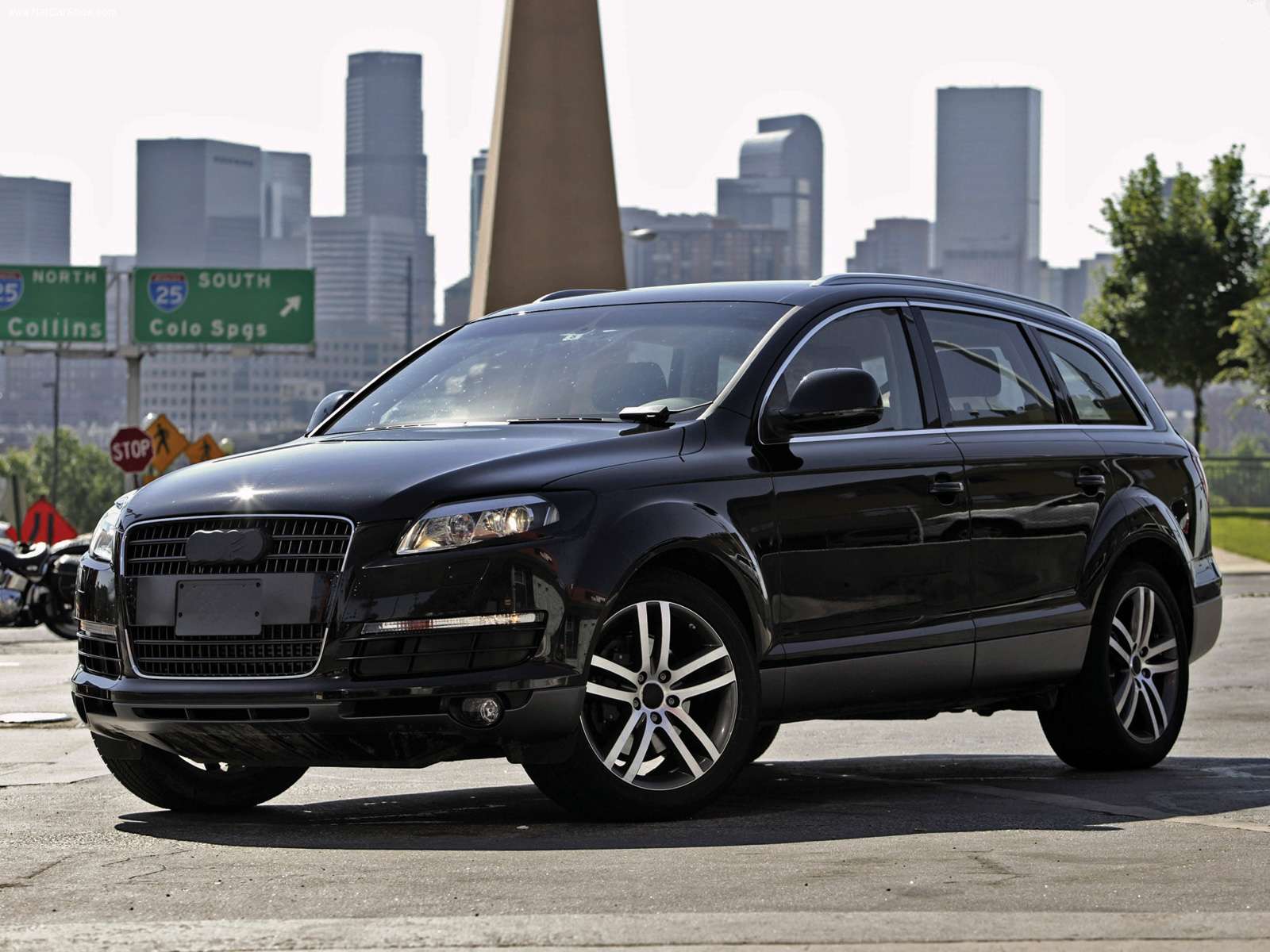





.jpg)

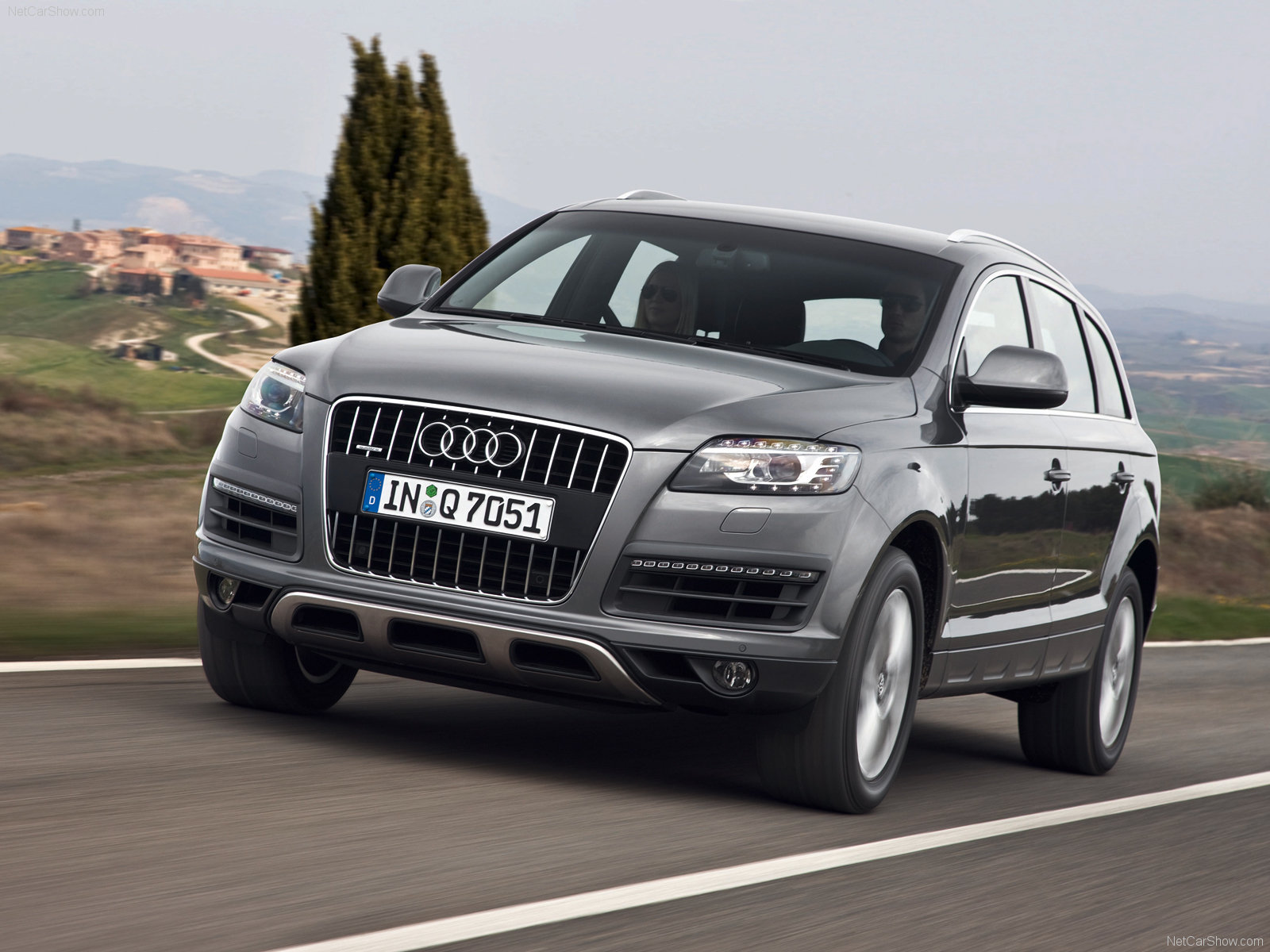

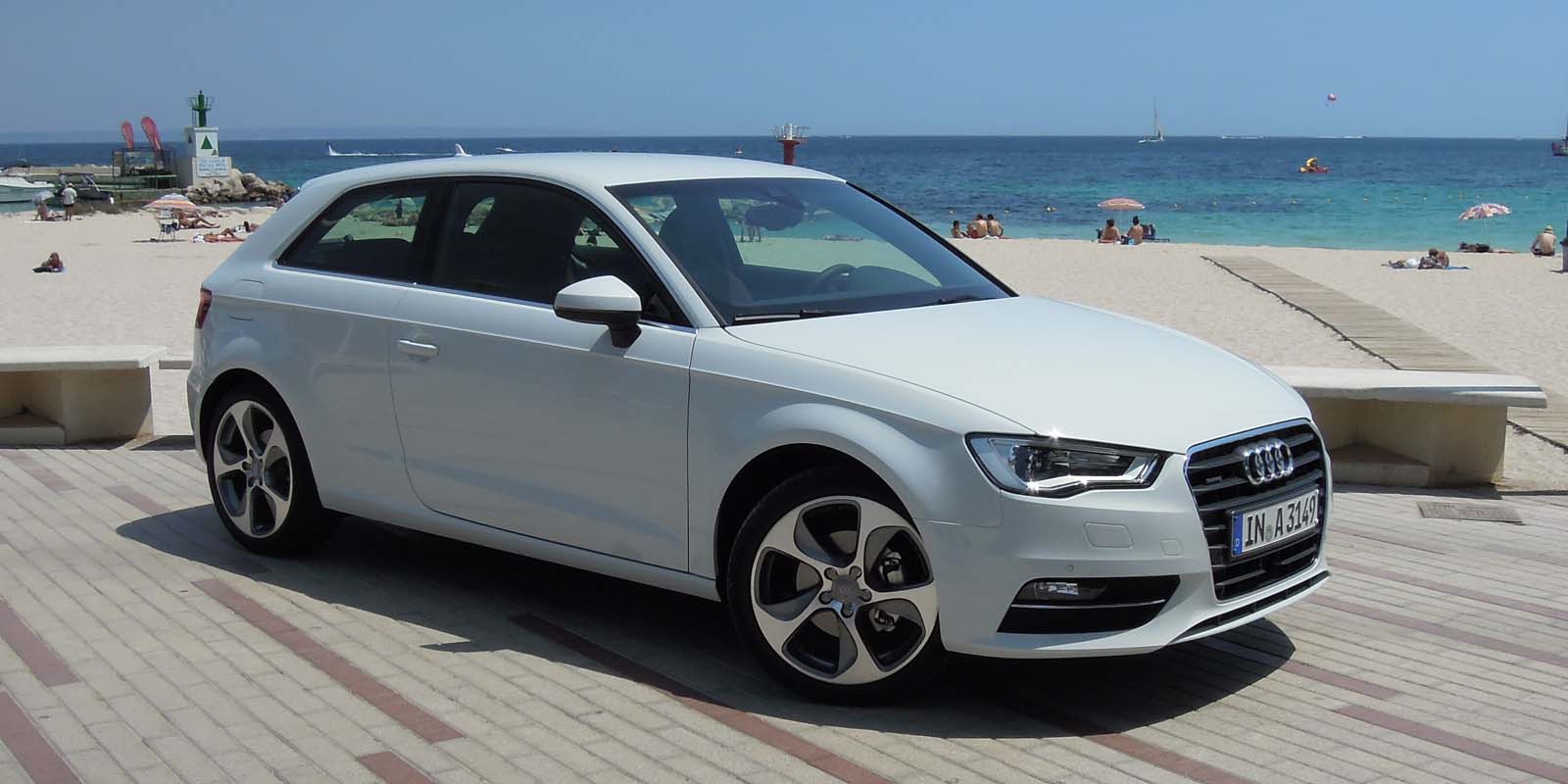

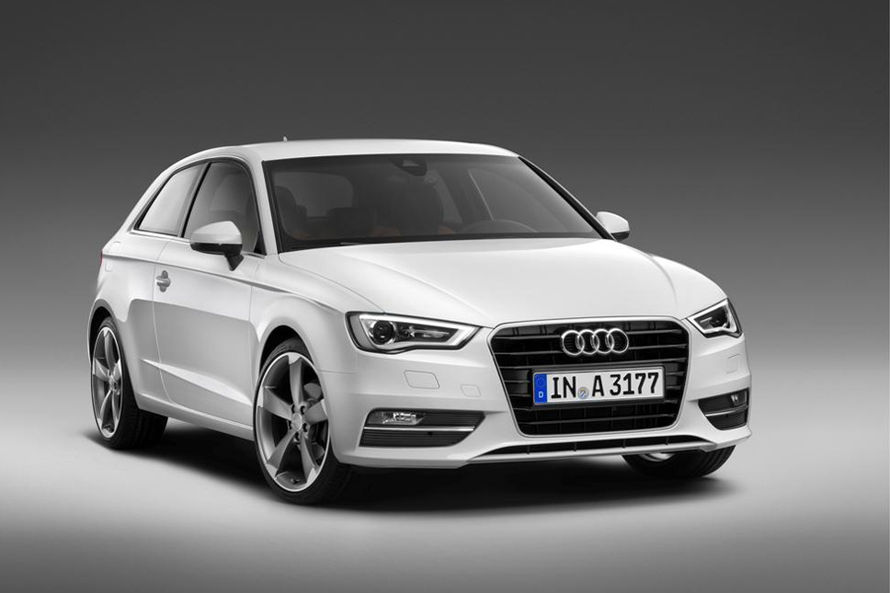
.jpg)

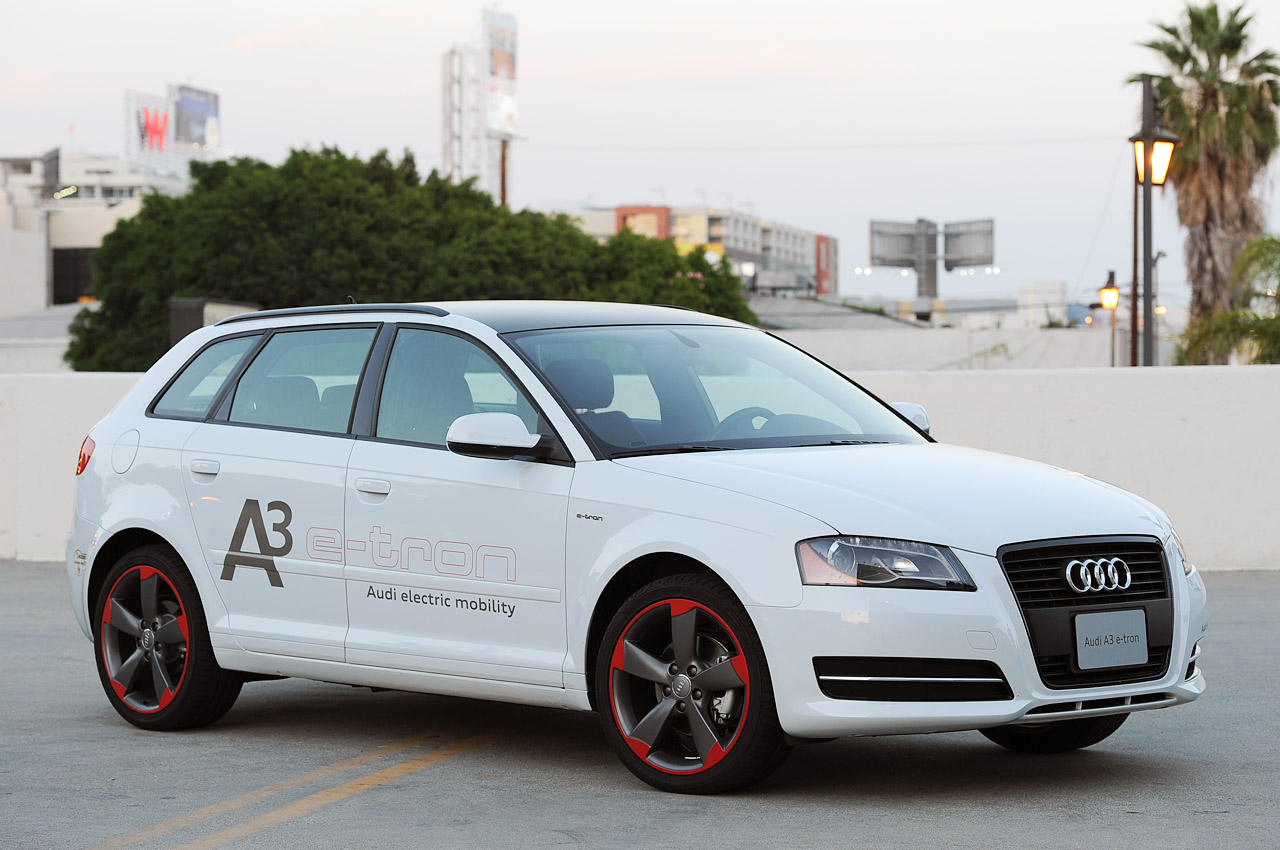
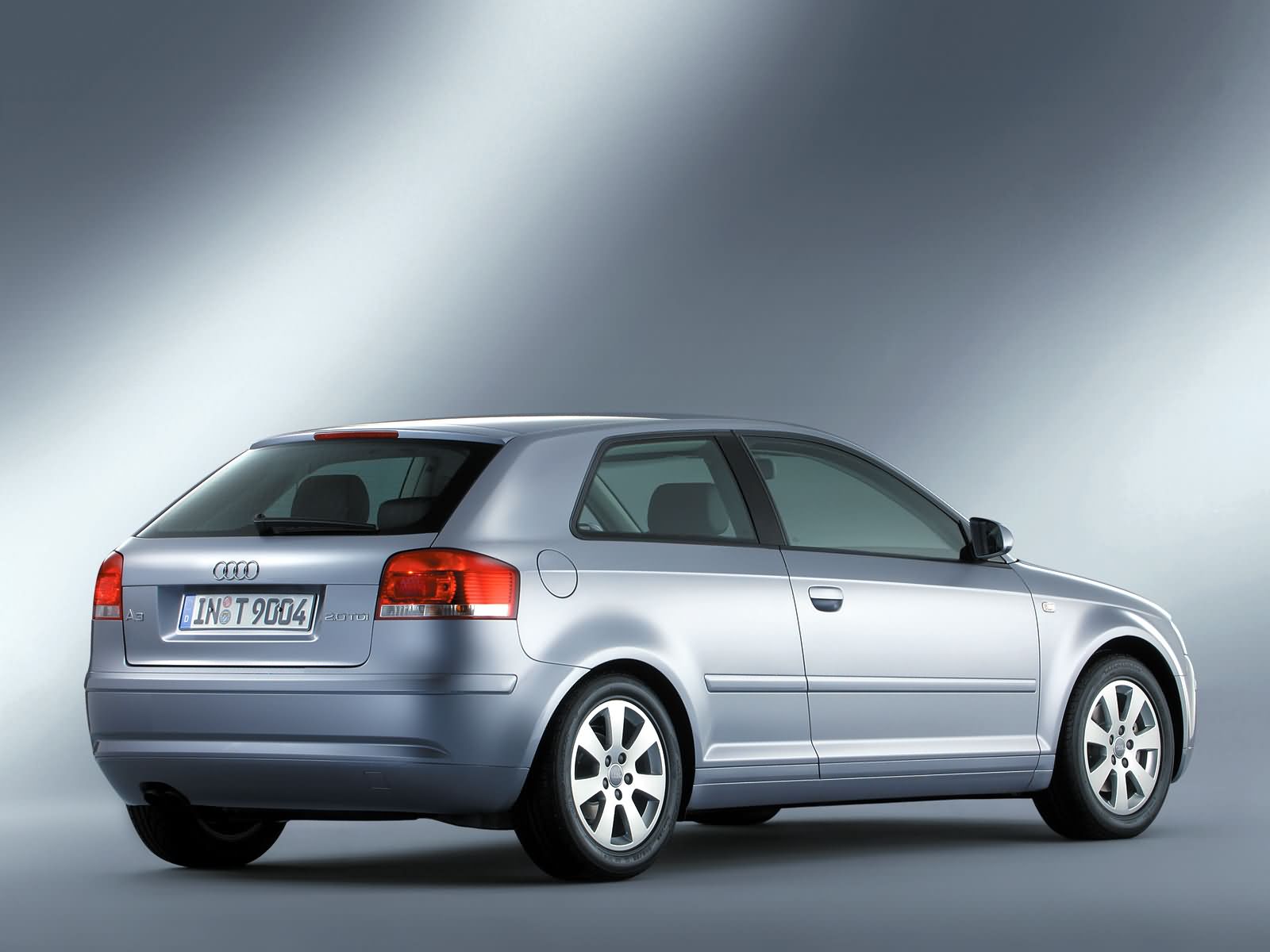
.jpg)
